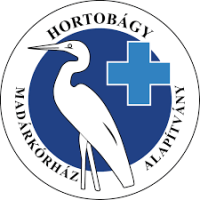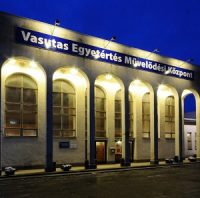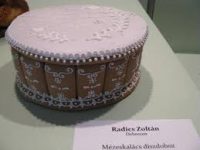The Zsuzsi railway came to be because “the city of Debrecen wanted to cultivate its 37.4 km2 forest, which is located 24-38 km from the city near Gúth.” A railway was needed to transport the harvested wood. Therefore, the city announced a tender for the construction, operation, and supply of the harvested timberline.
The tender was won by Kopf-Steinberger contractors and the first section of the railway was opened on July 16th, 1882. This was the 21.5 km section between Debrecen-Fatelep and Nyírmártonfalva. The railway was built in a way unique to the country, with a track gauge of 950 mm.
The track was formed by dog-headed rails laid on wooden girders, without a separate substructure, it was laid on the compacted sandy soil. The line, albeit only slightly, steadily sloped to a lumberyard built on the outskirts of the city, – as it was at the time. The railway was renamed Debrecen-Guthi Railway Company (DGVV).
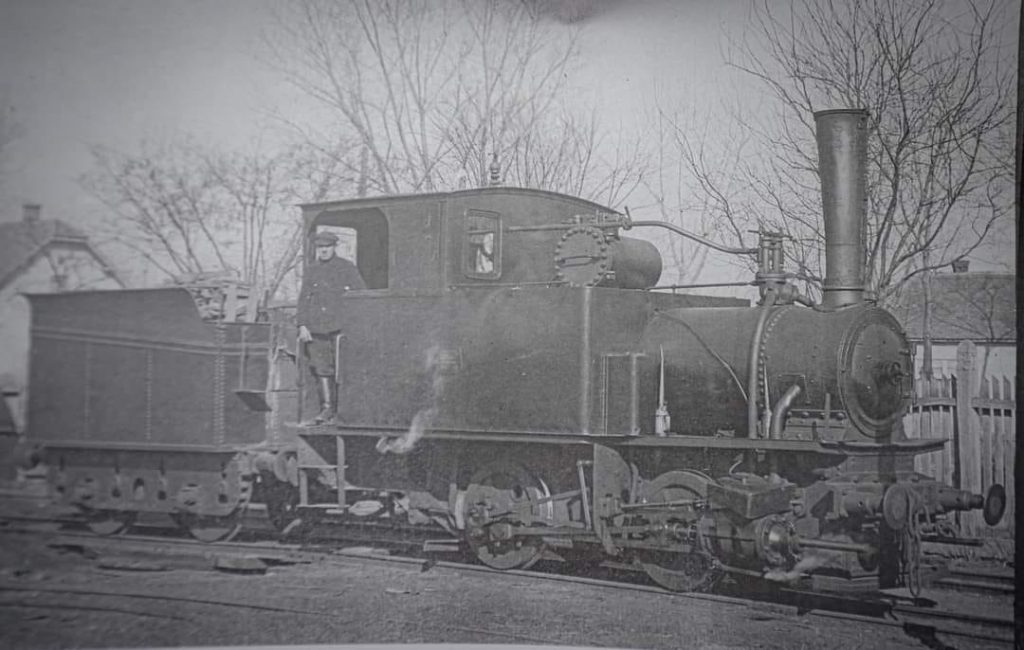
Initially, two steam locomotives operated on the railway. The “I.” was a 107 hp wood-fired locomotive. This locomotive was named ZSUZSI, a name which it still retains today. The locomotive was a 133 HP coal-fired machine, 1909 vintage. The locomotives were powered by wet steam at a speed of 20 km / h Later, other steam locomotives also served on the light rail.
From 1902, the city of Debrecen took over the railway management, renaming it “The Debrecen City Industrial Railway” (DVIV).
Sidelines were built with a Swapping Forest branch to the South. A reinforced concrete tortoise bridge curved over the main railway mainline. The bridge designed by Szilárd Zielinszky was the first reinforced concrete bridge in Hungary. At the same time, the mainline was largely relocated to a new route.
Up until 1923, there was only freight transport by rail, thereafter limited public traffic was allowed. The 4.4 km section of Nyírmártonfalva – Gút was built in 1924 and since 1925, the light rail has been operating regularly. New sections were built in 1926 and then in 1931, Gúth – Angyaltelek (6.4 km), then Angyaltelek – Turistaház (2.3 km). The name of the line was changed to Debrecen Municipal Forest Railway (DVEV), and then to Debrecen Municipal Economic Railway (DVGV) during the crisis.
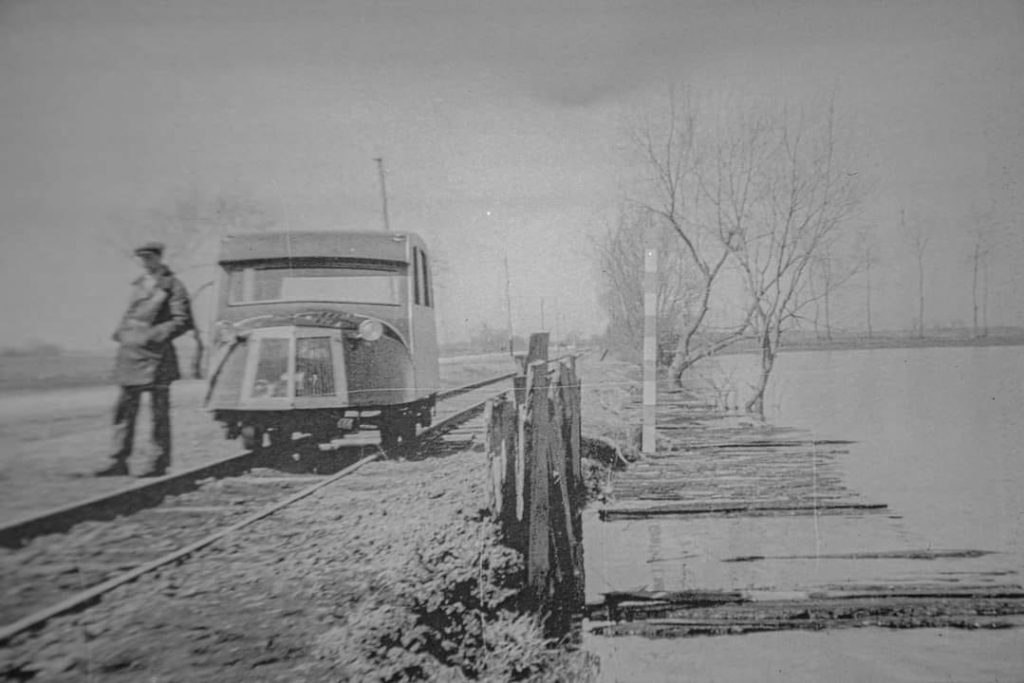
In 1931, motor vehicle towing began. The first motor car, a four-axle vehicle, was given the BC mot 101 track number, powered by a 60 HP Cadillac petrol engine.
The second motor car was built on the railroad in 1936, but it was already a two-axle vehicle. Original track number C mot 102, also equipped with a 60 HP petrol engine. The permitted speeds of the motor cars were 35 and 50 km / h, respectively. Tourists were also happy to use it on weekends, with access to the Gúth Forest.
The railway was advertised on wall stickers all over the city. In 1937 the Turistaház – Megyehatár (1.5 km), in 1945 the Megyehatár – Nyírlugos (3.5 km), in 1949-50 the Nyírlugos – Nyírbéltek (8.5 km) sections were built. The first newly built railway line in Hungary after World War II was built here.
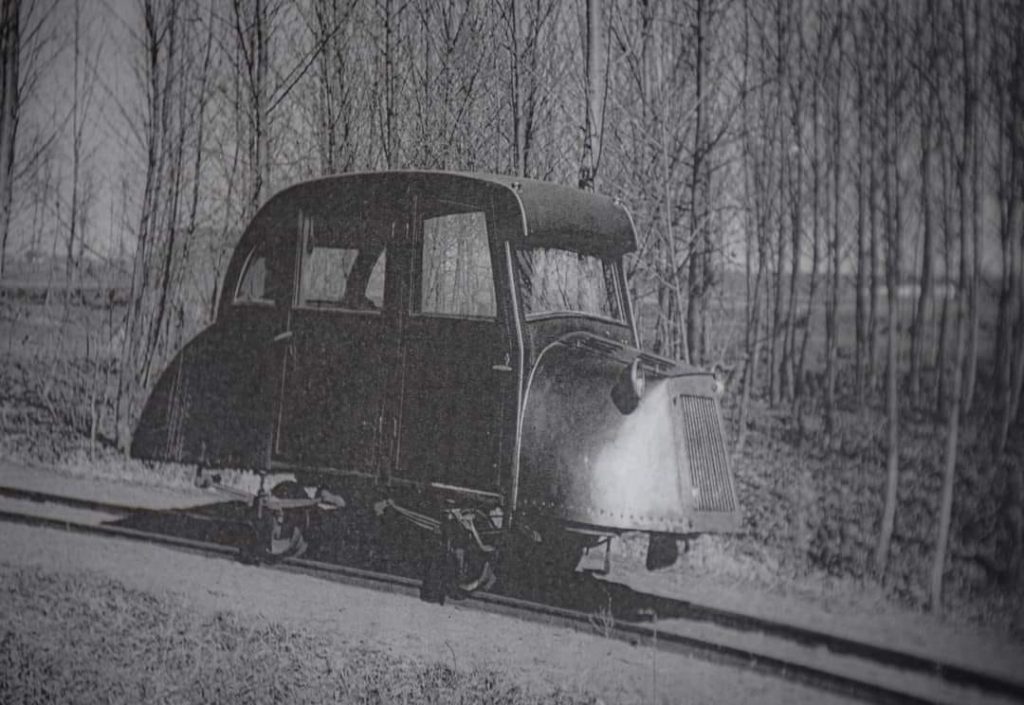
The sidings and bridges were demolished by 1945. In 1949, the railway was taken over by the Hungarian State Railways, under the name MÁV Debrecen Kisvasút (MÁV DK), so the last section of the line was built in MÁV colors.
During this period standardization of the railway began with 2 C-50 locomotives, 5 Bax, and 10 Jah cars were procured with a plate stop design.
The snowfall of 1940, followed by the spring flood, the II. World War II and caused an accident in the mid-fifties when two passenger trains collided on the open track. From conversion to decommissioning the 950 mm, track gauge was not used elsewhere in the country, which was also a problem in vehicle procurement and maintenance.
The railway was rebuilt in 1961 to a gauge of 760 mm in accordance with the MÁV standard. Thus, the then modern Bax series passenger cars, Jah-Gah freight cars, and Mk48 diesel locomotives were placed on the light rail, which made the operation of air-braked trains common.
Most of the old vehicles were scrapped, some were rebuilt, then returned to work in Debrecen and Cegléd. Some of the old rebuilt wagons remained in the service of the PFT. Passenger traffic was very strong in the ’70s, with 5-car trains packed to capacity.
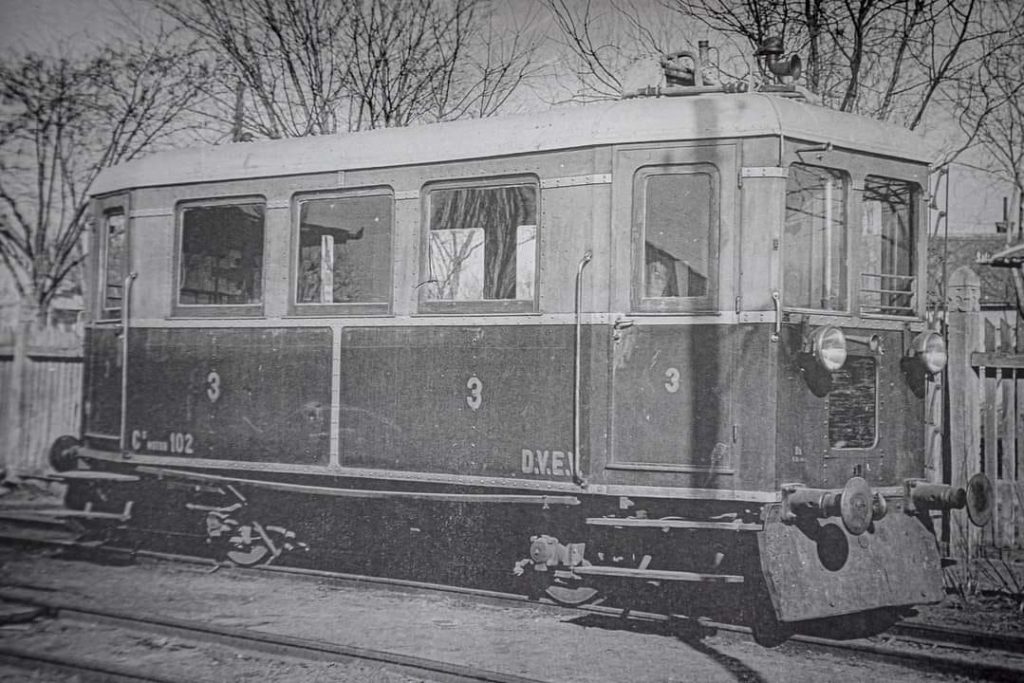
Freight traffic was also crucial throughout, although it declined slightly in the ’70s. Forestry had industrial tracks in Fatelep, Gút, and Nyírbéltek. An engine color was also built at the outer terminus, the track master section was in Fatelep and Nyíracsád.
The 1968 Transport Policy Concept also designated this line for abolition. The “verdict” was executed on August 31, 1977, despite widespread public protest. The forest of Gút was declared protected, and the road on April 4 wanted an overpass in Debrecen.
The railway affected many homesteads and villages, the trains had a lot of marketers and commuters. After the cessation of the railway, the farmers were left without a means of transport. The freight traffic of the light railway is also well-characterized by the fact that the last loaded freight train arrived at the Debrecen-Fatelep station.
The homesteads were slowly depopulated, the buses proved to be insufficient for those traveling with large packages, so many moved into the newly built prefabricated houses.
The railway line continued up until Hármashegyalja, and the section between Hármashegyalja and Nyírbéltek was opened by DKV, connecting to other light railways.
At the initiative of the County Council, MÁV handed over the remaining 16.6 km section to the city of Debrecen for the organization of a pioneering railway. The operation was provided by the Debrecen Transport Company with 3 Mk 48 diesel locomotives and 12 Bax cars.
The continuous railway operation was discontinued, and the trains ran from spring to autumn, serving exclusively excursion traffic. The wooden station house with a buffet was built in Hármashegyalja, but there was also a buffet in Erdészlak, where a local bus connection ran.
The lookout tower and Lake Hármashegy were also built during this period, in addition to the lake, there was also a youth camp and a small military-technical collection. From May 1st, 1978, it operated as the DKV Pioneer Railway, and from 1990 as the DKV Forest Railway.
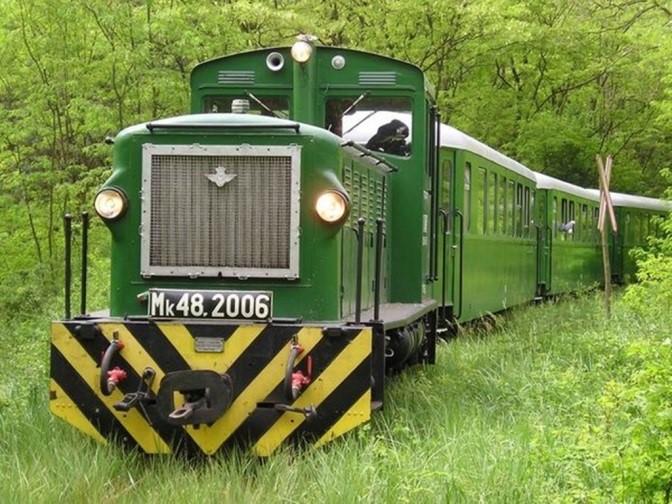
In 1995, the operator DKV suspended traffic due to financial problems, after which the General Assembly of Debrecen decided to liquidate the remaining line. It was then that the Zsuzsi Forest Small Railway Circle of Friends and a foundation with a similar name were established, which established the line under the name of Zsuzsi Forest Railway (ZsEV) thus, establishing Zsuzsi Forest Railway on July 13th, 1996.
On 18th July 2020, the Zsuzsi narrow gauge railway re-opened to the public after a long period of renovation and reconstruction.







